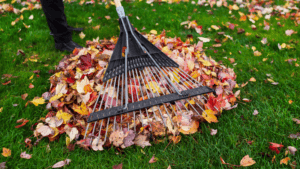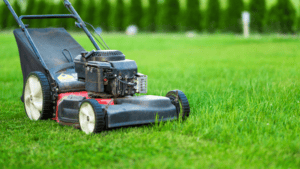As the days grow shorter and temperatures drop, the imminent arrival of winter signals the need for homeowners and property managers to prepare for snow removal challenges. A well-maintained snowplow is essential for efficiently clearing driveways, parking lots, and roads during the snowy season. To ensure your snowplow is ready for winter, follow these essential steps to inspect, maintain, and prepare your equipment for optimal performance.
- Perform a Visual Inspection:
Start by visually inspecting your snowplow for any signs of damage, wear, or rust. Check the plow blade, cutting edges, and hydraulic components for cracks, bends, or corrosion. Inspect the frame, mounting hardware, and electrical connections for tightness and integrity. Address any visible issues promptly to prevent further damage or performance issues.
- Check Fluid Levels:
Inspect the hydraulic fluid reservoir and top it off if necessary. Low hydraulic fluid levels can cause the plow to operate inefficiently or malfunction during use. Additionally, check the transmission fluid level if your snowplow is equipped with a hydraulic system.
- Test Electrical Systems:
Verify that all electrical connections are secure and free of corrosion. Test the headlights, marker lights, and strobe lights to ensure they are functioning correctly. Check the wiring harness for any signs of fraying or damage, and repair or replace as needed. Proper lighting is crucial for visibility and safety while operating the snowplow, especially during low-light conditions.
- Inspect Blade and Cutting Edges:
Examine the condition of the plow blade and cutting edges for wear and tear. If the cutting edges are worn or damaged, replace them to ensure efficient snow removal and prevent damage to paved surfaces. Sharpen the cutting edges as needed to maintain optimal cutting performance.
- Lubricate Moving Parts:
Apply lubricant to pivot points, hinges, and moving components to prevent rust and corrosion and ensure smooth operation. Grease the lift cylinder and angle cylinders to maintain proper hydraulic function. Regular lubrication helps extend the lifespan of your snowplow and reduces the risk of mechanical failures.
- Test Blade Functionality:
Engage the snowplow blade and test its raising, lowering, and angling capabilities. Listen for unusual noises or vibrations that may indicate mechanical issues. Verify that the blade moves smoothly and responds promptly to controls. Adjust hydraulic pressure settings as needed to optimize blade performance for different snow conditions.
- Check Plow Frame Alignment:
Inspect the alignment of the plow frame and adjust as necessary to ensure proper contact with the ground. Misaligned frames can cause uneven wear on cutting edges and reduce the effectiveness of snow removal. Use a level or straight edge to check for proper alignment and make adjustments as needed.
- Prepare Emergency Kit:
Pack an emergency kit with essential tools, spare parts, and supplies for on-the-go repairs and maintenance. Include items such as spare hydraulic fluid, electrical connectors, fuses, wrenches, and a first aid kit. Having an emergency kit on hand can help you address unexpected issues quickly and minimize downtime during snow removal operations.
Preparing your snowplow for winter ensures that you’re equipped to handle snow removal tasks efficiently and effectively. By following these essential steps to inspect, maintain, and prepare your equipment, you can minimize the risk of breakdowns, maximize performance, and maintain safe and clear pathways throughout the winter season. Regular maintenance and proactive care are key to keeping your snowplow in optimal condition and ready for action whenever snowflakes start to fall.



